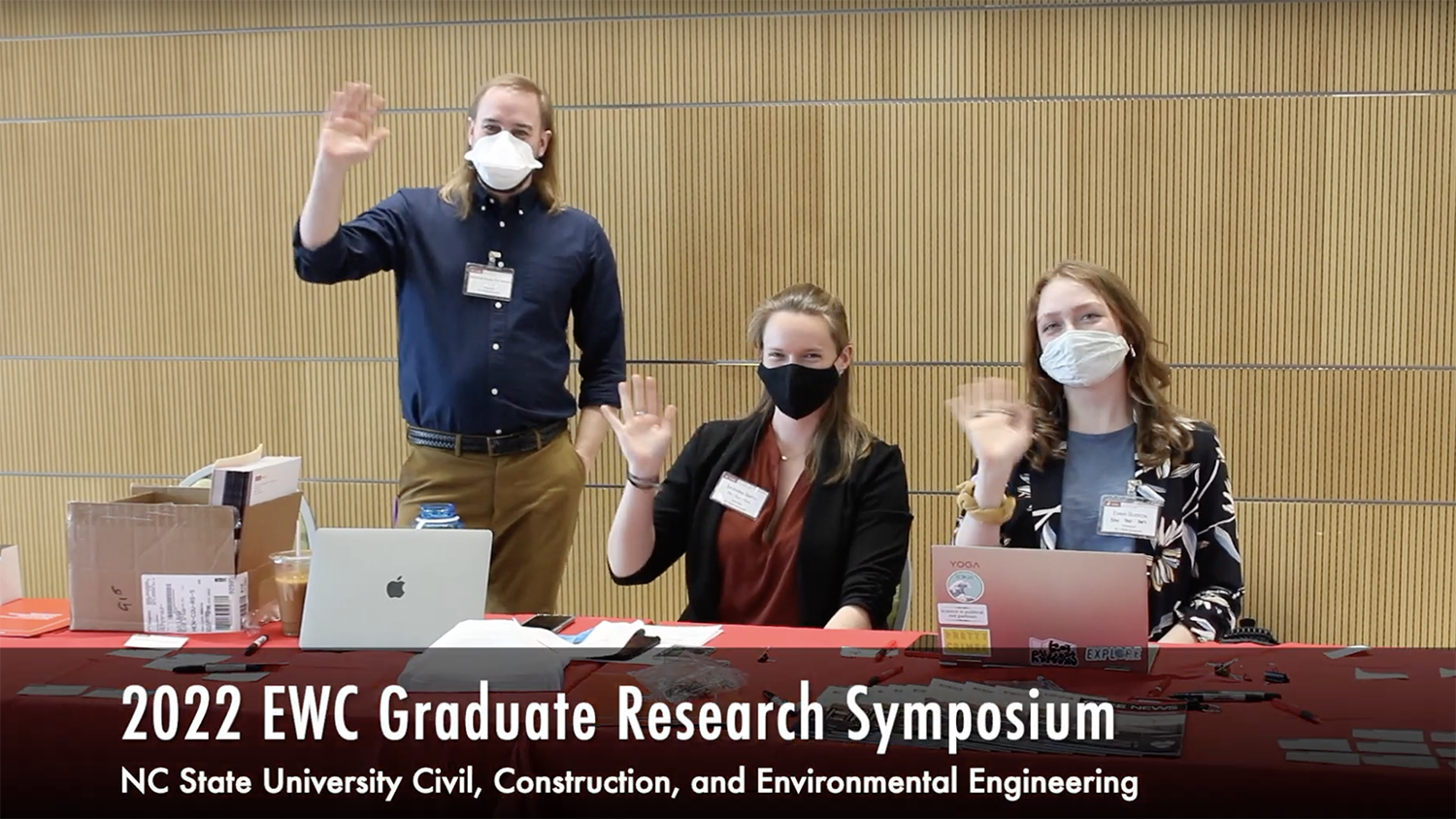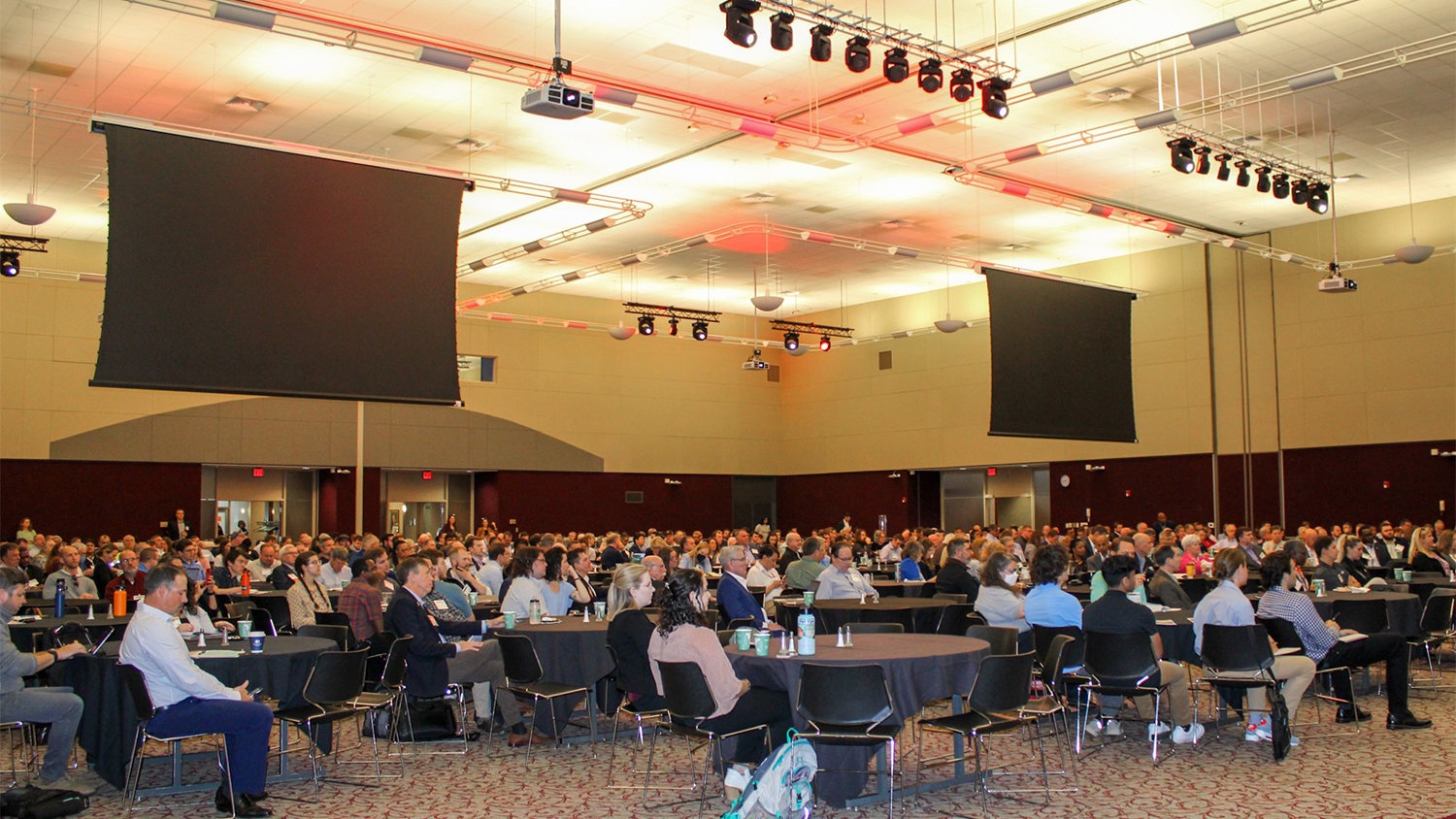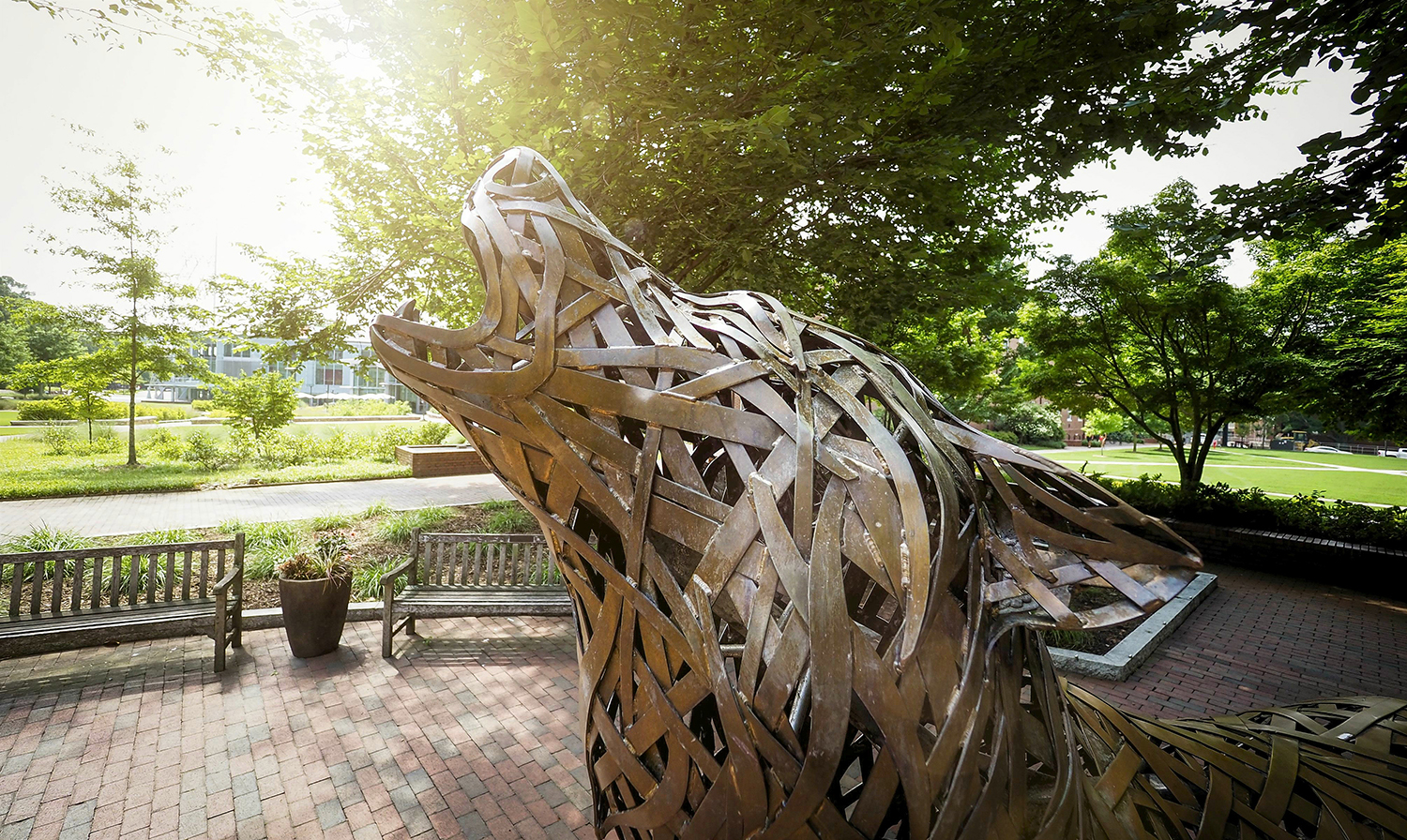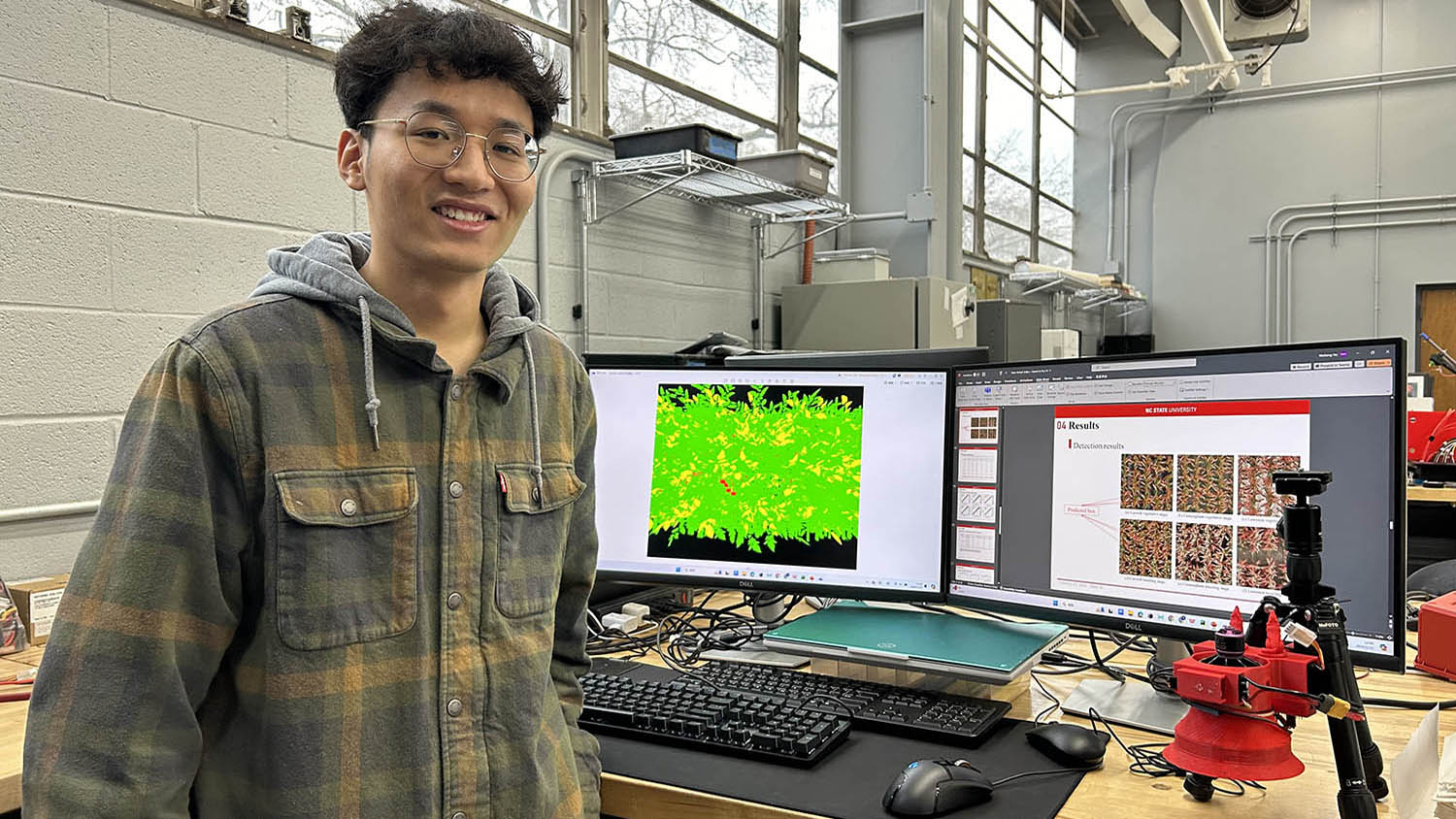2022 EWC Graduate Research Symposium showcases melting pot of sustainable, innovative research
More than 110 students, faculty and guests gathered to discuss pressing issues and innovative research at the 2022 Environmental, Water Resources, and Coastal Engineering (EWC) Graduate Research Symposium on March 4. The annual, student-organized symposium highlights the current research conducted by CCEE’s EWC group, providing an opportunity for graduate students to gain experience in preparing and delivering 18 posters and 20 oral presentations of their research.

The symposium was organized by a student committee headed by Ph.D. student Savanna Smith and advised by Drs. Fernando Garcia Menendez, Andy Grieshop, Dan Obenour and Francis de los Reyes.
De los Reyes said that the symposium is a great venue for EWC graduate students to share and showcase their research to other students in the program, local professionals who serve as judges and visiting graduate students.
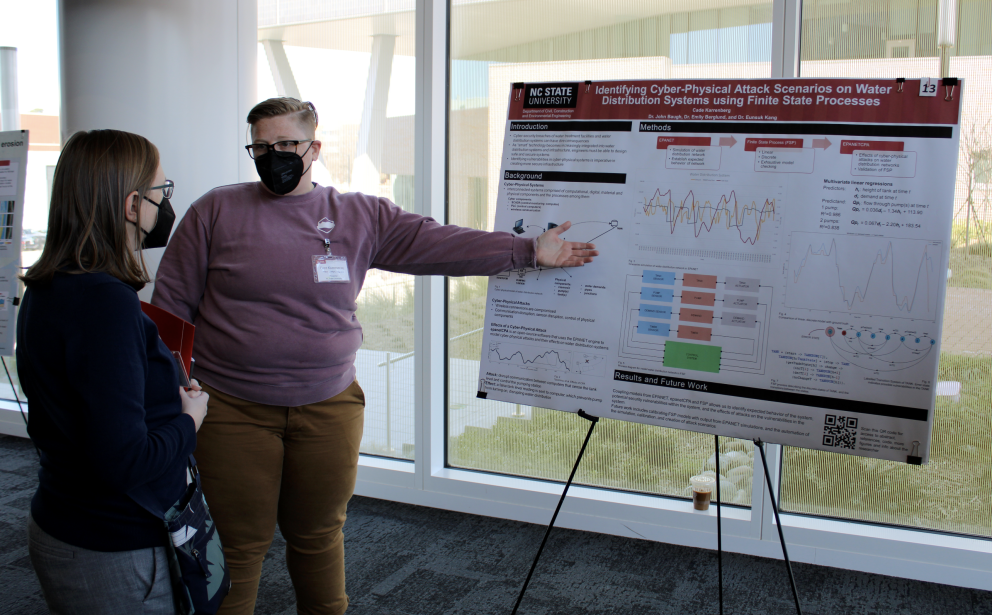
“This is an opportunity for attendees to see the breadth and depth of the EWC program, which is one of the leading graduate programs in the nation,” he said. “It’s important for students in one domain area to see the leading edge research in other areas. For attendees, they get to learn about the latest research across environmental, water resources and coastal engineering.”
In the research poster competition, Leah Weaver won first place for “Fungal Bioremediation of Stormwater: Suspended and Attached Growth Systems for Imidacloprid Removal,” and Morgan DiCarlo received second place for “Survey Exploring Water Utility Approaches to Smart Technologies and Customer Complaint Management.”
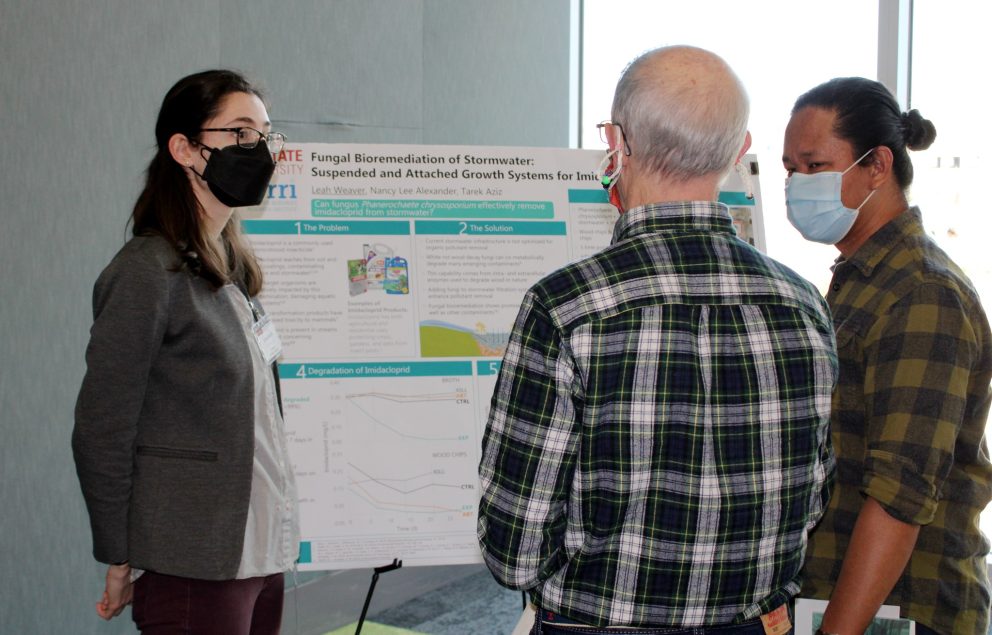
Weaver, who is studying whether fungal bioremediation can be used to remove imidacloprid, a commonly used insecticide, from stormwater, said the highlight of the symposium was the interactions she had while presenting her poster.
“I got to speak to several judges who were engaged, asked interesting questions, and made points that made me think about my work in new ways,” she said. “I also talked with a CCEE undergraduate student about my work, and I really enjoyed sharing with her and chatting about all the cool things fungi can do.”
In the research presentation competition, Seraphim Falterman earned first place for “Thermal Hydrolysis and Anaerobic Co-Digestion of Biosolids and Grease Interceptor Waste: Approaches for Higher Methane Production,” Aditya Keskar won second place for “Solar water pumping in India: investigating farm-level impacts and the potential to provide flexibility to the power grid,” and Johnathan Woodruff received third place for “Subgrid Corrections in Finite-Element Models of Storm-Driven Coastal Flooding.”
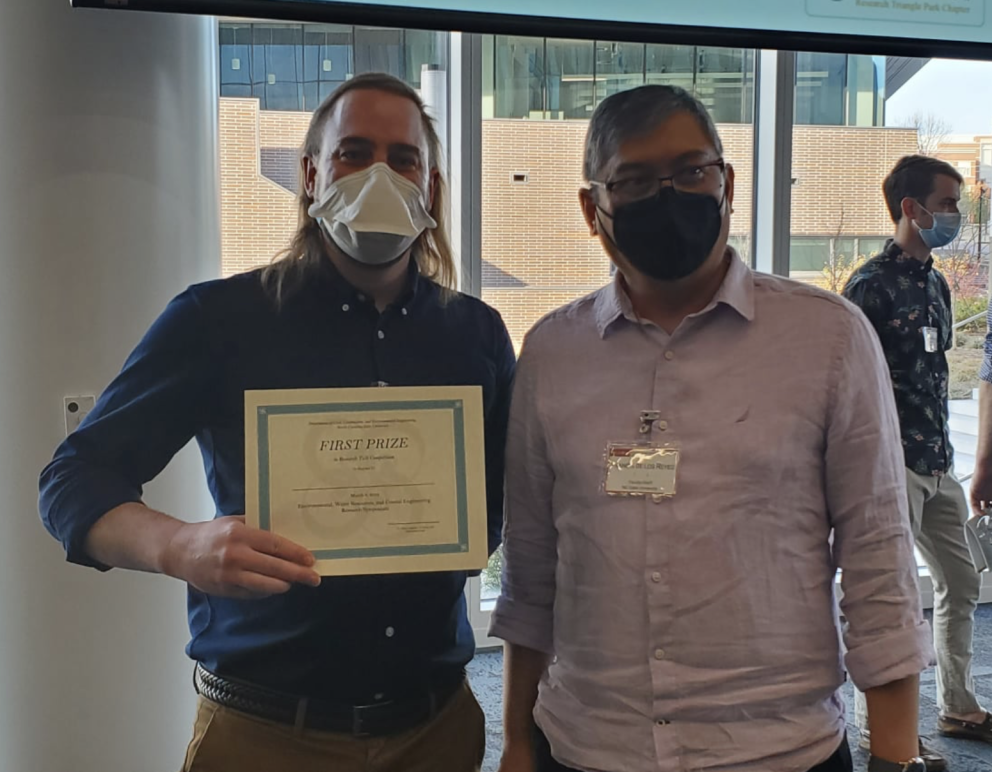
Falterman, whose research focuses on ways to drive higher methane production in anaerobic treatment systems, said the symposium gives graduate students an opportunity to tell others about their research and show that they are working on real problems that can impact people’s lives.
While previous in-person symposia have only included poster presentations, Smith credits this year’s successful shift to also offering oral presentations to “many dedicated student volunteers.”
“This change was initially set due to COVID crowding concerns in a large poster hall, but it seemed like a lot of people liked the format change overall, so hopefully we can make some edits in the future and keep the newer format going,” she said.
De los Reyes said it’s important to note that the symposium is largely organized by graduate students.
“They organize the program (talks and posters), handle the arrangements and logistics (program, food, venue, etc.),” he said. “The faculty handle the judging process and the sponsorships. But otherwise, everything is organized by the students. So the symposium also allows students to experience how to organize a major academic event.”
The symposium included keynote speaker Dr. Julian D. Marshall, associate chair for justice, equity, diversity, and inclusion, and professor of civil & environmental engineering at the University of Washington. He discussed modeling and measuring spatiotemporal variability in pollution concentrations, environmental justice — understanding who is more exposed or less exposed to air pollution, how exposures correlate with attributes such as race or income, and how changes in emissions might shift existing exposure gaps — and implications for future research.
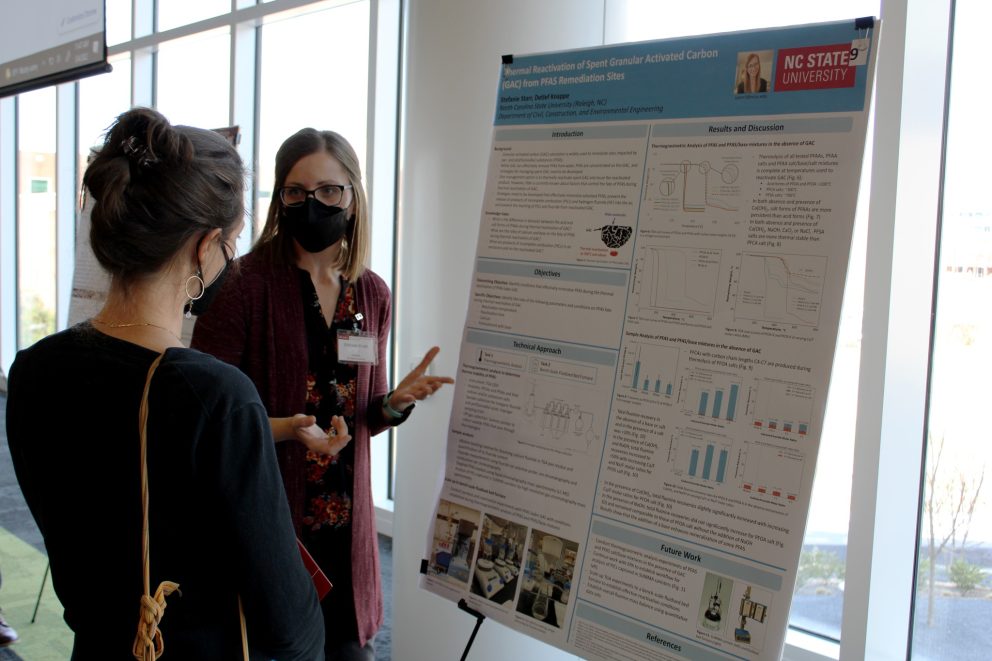
“The audience was really interested and involved in the discussion, as Dr. Marshall talked about the historical background that has led to the current inequities in communities of color and who have been marginalized,” de los Reyes said.
“One lesson from the keynote message that particularly stuck with me is how even though air quality has improved overall in the past few decades, the disparity in impacts to different racial groups has remained proportional to air quality overall,” Weaver said. “Dr. Marshall showed repeated examples of how Black and non-white populations are exposed to worse air quality than white populations, and emphasized that this disparity leads to thousands of additional deaths each year. As environmental engineers, it is critical that we understand how our actions and the policies we abide by impact all communities and work to create equity in the services we provide.”
Smith said the symposium is important because it’s one of the “only formal events where most people from the EWC group get together,” including faculty and graduate students.
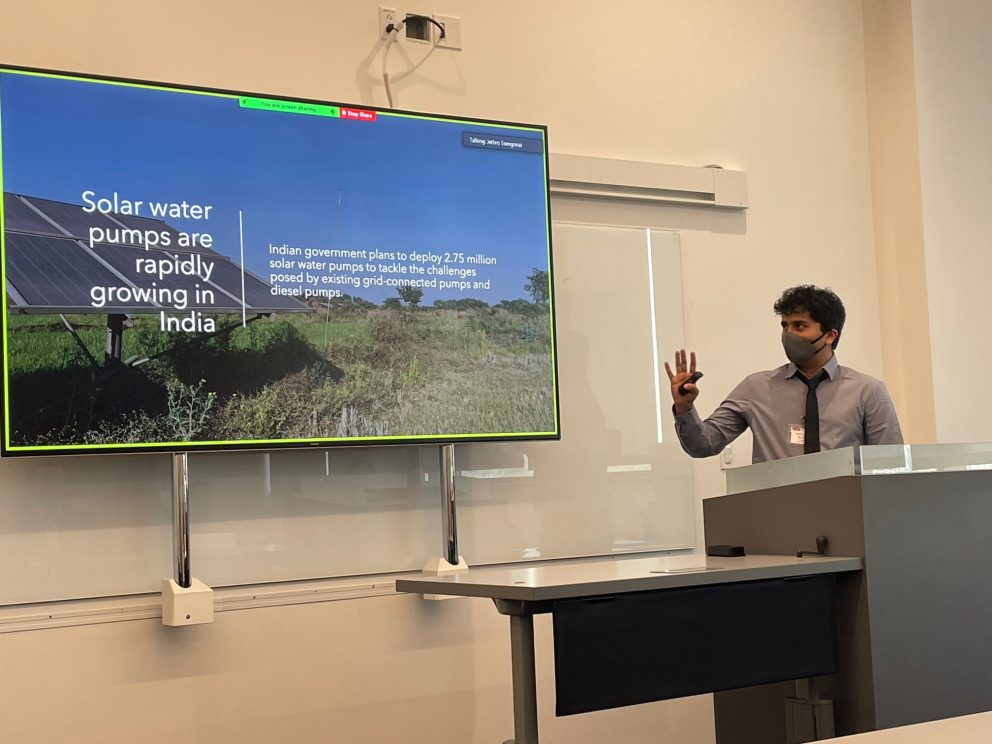
“It’s so important to build and keep the community that helps make our department so strong and the symposium is one of the best ways to do that,” she said. “Beyond the community aspect, it’s a way to learn about the fantastic research that our peers are doing and showcase our own research to local industry members and within EWC. It was so nice to be able to gather again. I enjoyed the camaraderie that comes from last minute presentation finishing and the energy that the symposium always has with everyone being together.”
For more information on the event, including student advisors, research, posters and oral talks, check out this year’s event program.
View more photos on our Facebook page.
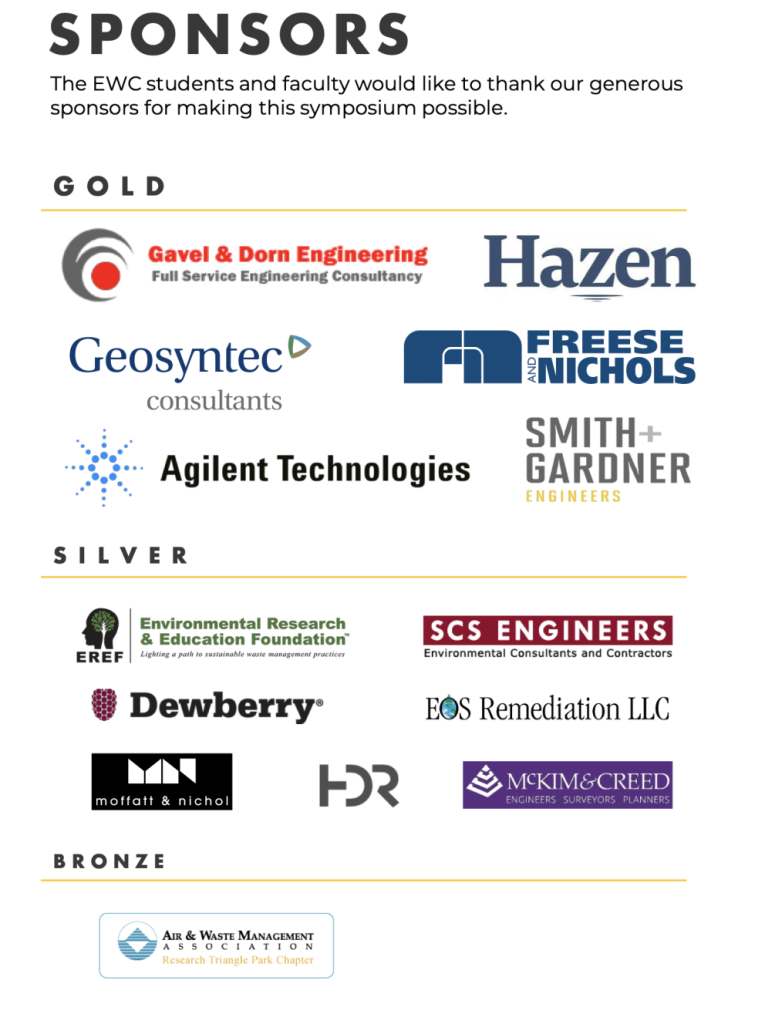
This post was originally published in the Department of Civil, Construction and Environmental Engineering.
